Idea by
Lorenzo Bordonaro
Call for ideas 2021
Urban Shabono
Urban Shabono
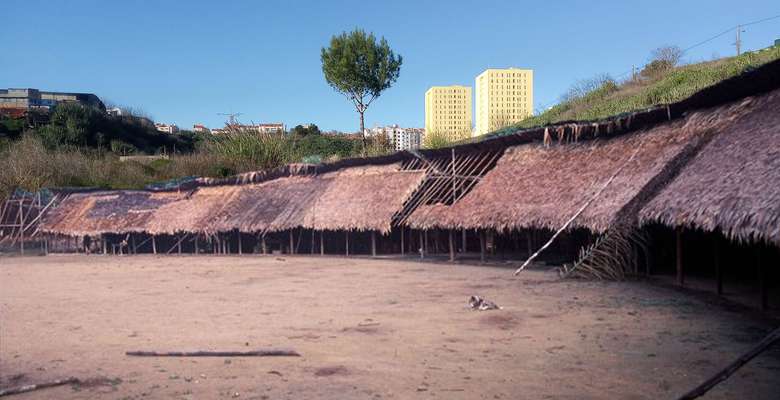
- Site-specific cases
What can a building do? Can a space be open and closed at the same time? Can it provide shelter and yet be a mean to connect with the environment? How can it foster communal activities and social interaction?
The starting point of my project is the shabono, the traditional communal dwelling of the Yanomami. They are circular communal buildings with an open-air central courtyard, built in the forest with the materials the forest itself provides.
An urban shabono would be a circular communal space, build out of the debris of the city itself (wood, plastic, paperboards), open to the different cultural and social fluxes of the city. In the central courtyard, edible species will be grown in communal gardens.
An urban shabono will a social space where a different urban future can be imagined, a place of utopian thinking form where to rethink and rebuild the connection between human beings and the natural world escaping from the urban social compartmentalisation.
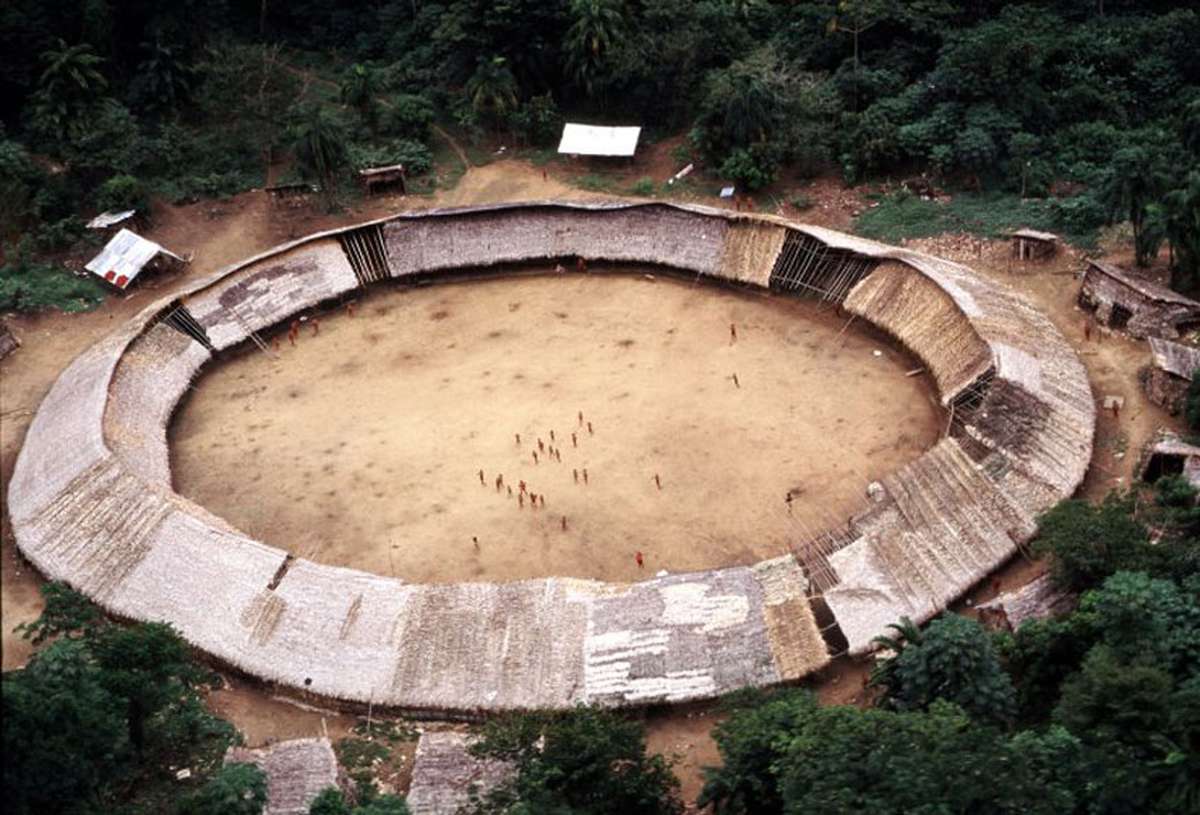
Yanomami communal shabono (Ph. Lars Løvold)
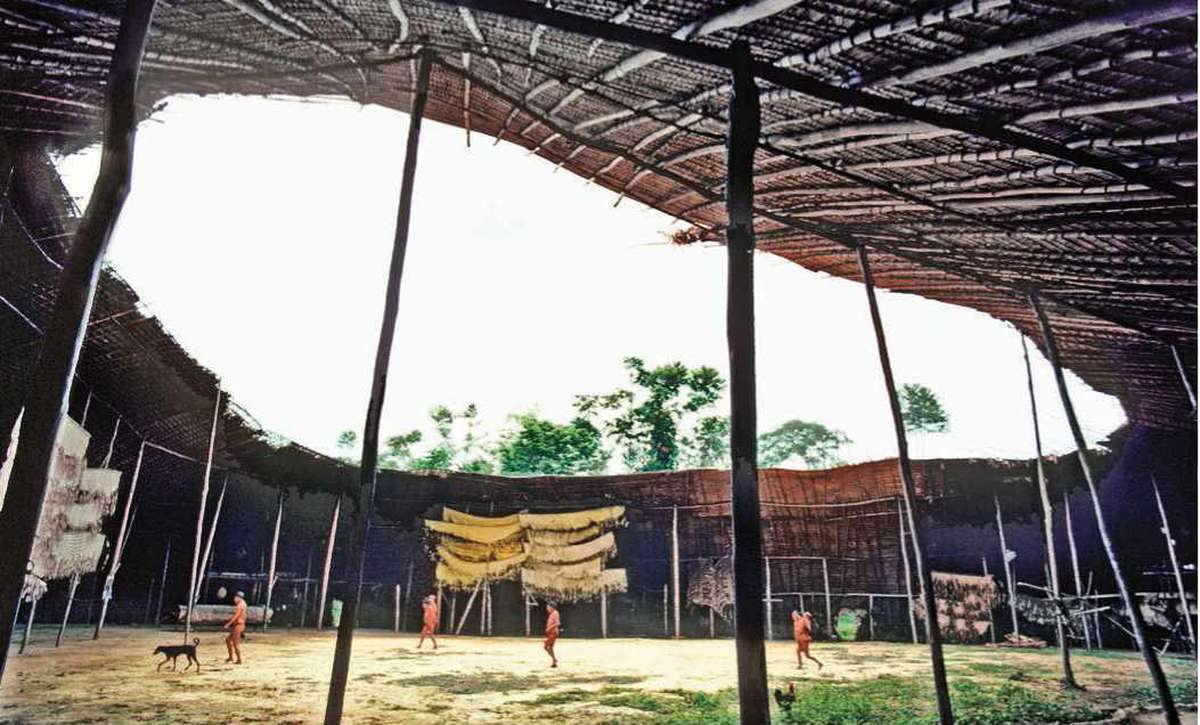
Yanomami communal shabono (Ph. Lars Løvold)
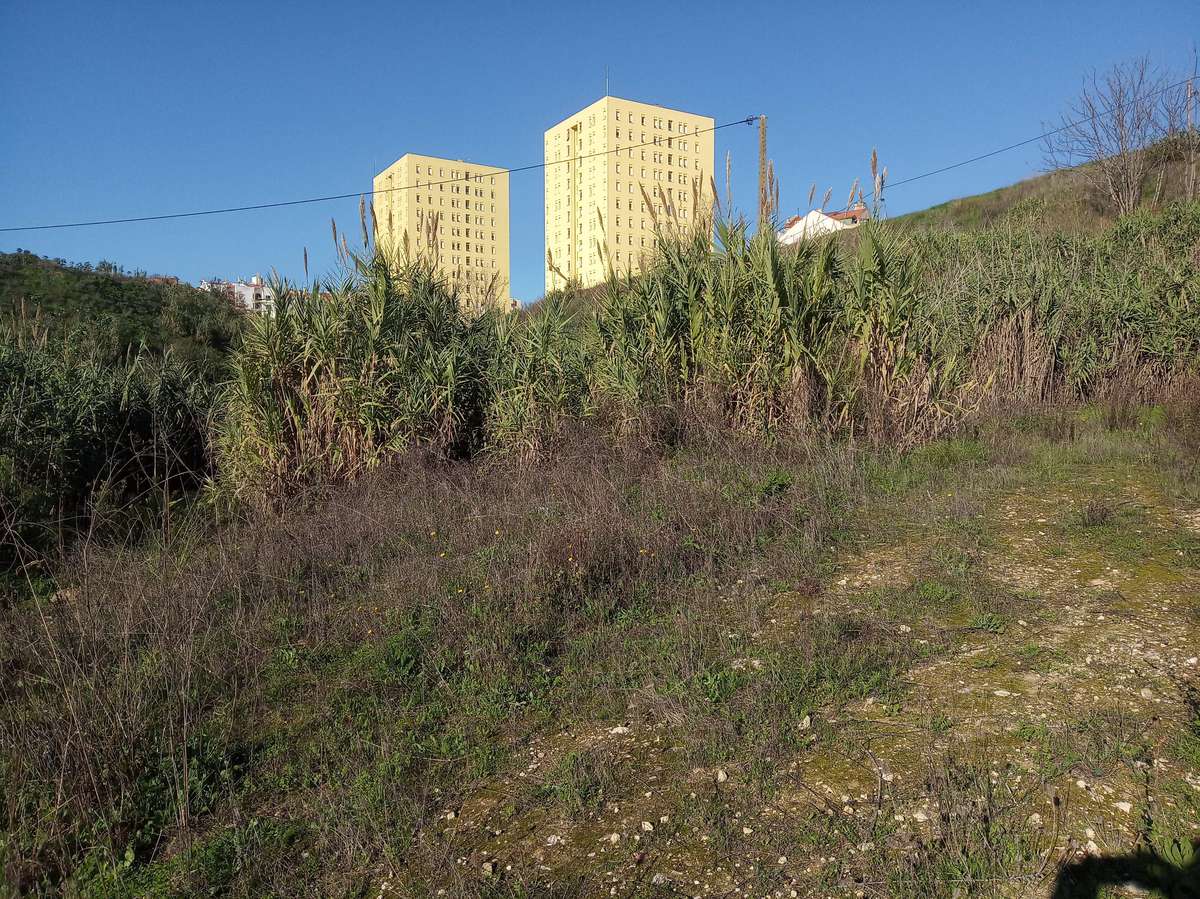
Alto da Eira, Lisbon

Alto da Eira, Lisbon
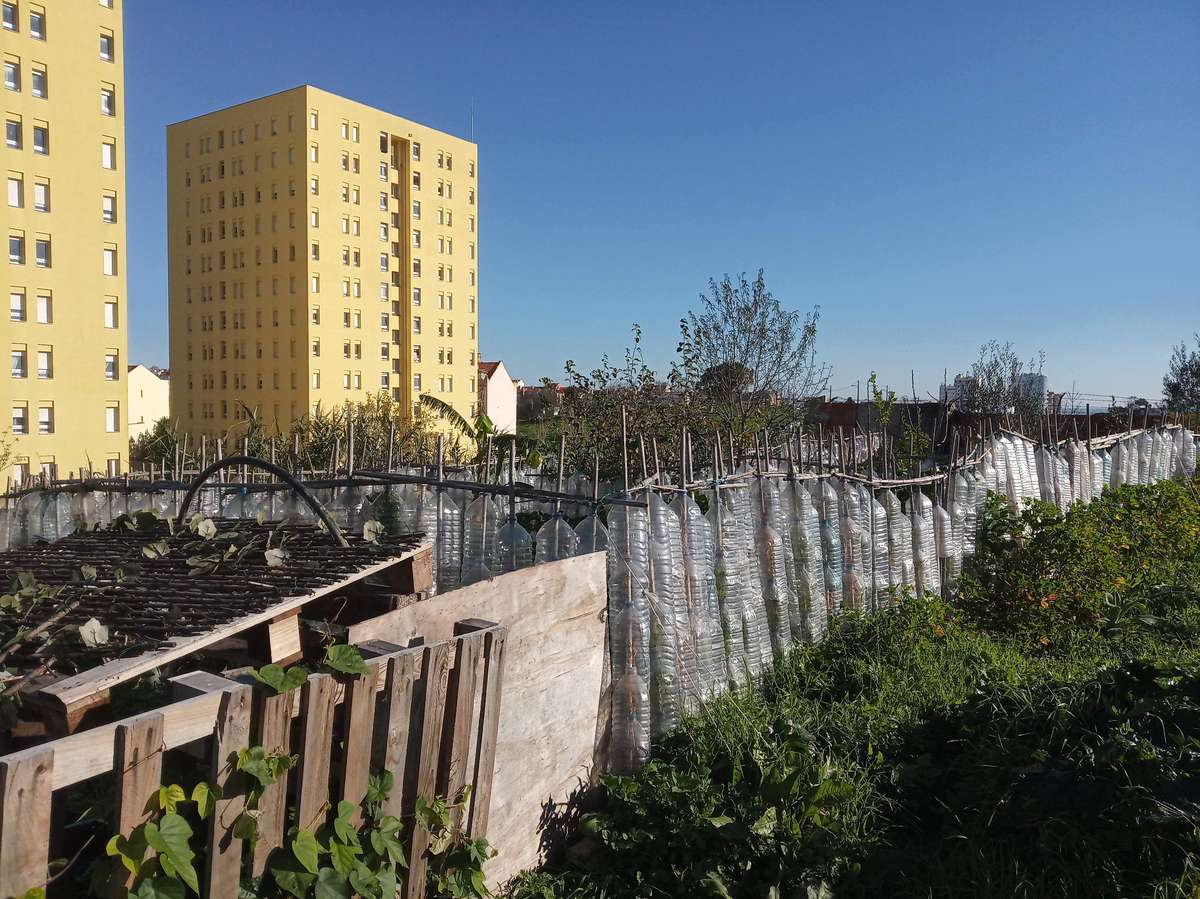
Examples of self build fences and communal gardens built by local residents
Urban Shabono
Urban Shabono

- Site-specific cases
What can a building do? Can a space be open and closed at the same time? Can it provide shelter and yet be a mean to connect with the environment? How can it foster communal activities and social interaction?
The starting point of my project is the shabono, the traditional communal dwelling of the Yanomami. They are circular communal buildings with an open-air central courtyard, built in the forest with the materials the forest itself provides.
An urban shabono would be a circular communal space, build out of the debris of the city itself (wood, plastic, paperboards), open to the different cultural and social fluxes of the city. In the central courtyard, edible species will be grown in communal gardens.
An urban shabono will a social space where a different urban future can be imagined, a place of utopian thinking form where to rethink and rebuild the connection between human beings and the natural world escaping from the urban social compartmentalisation.
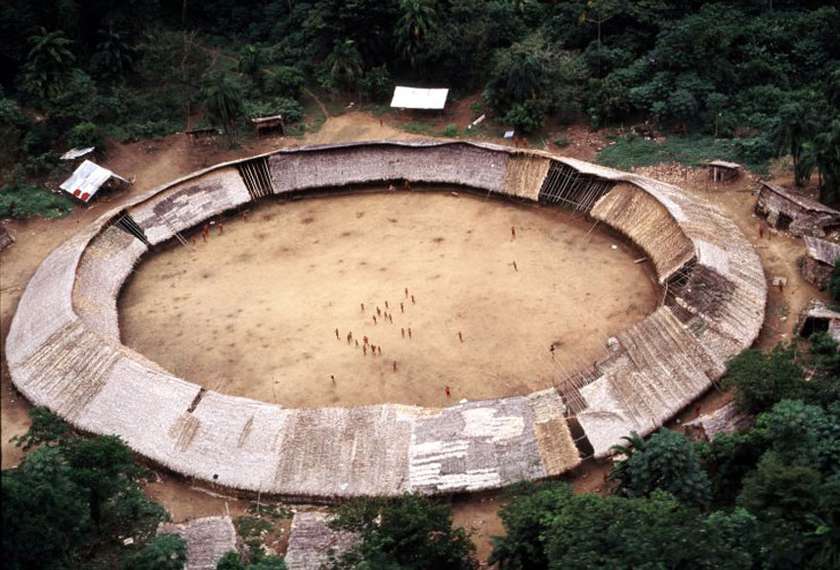
Yanomami communal shabono (Ph. Lars Løvold)
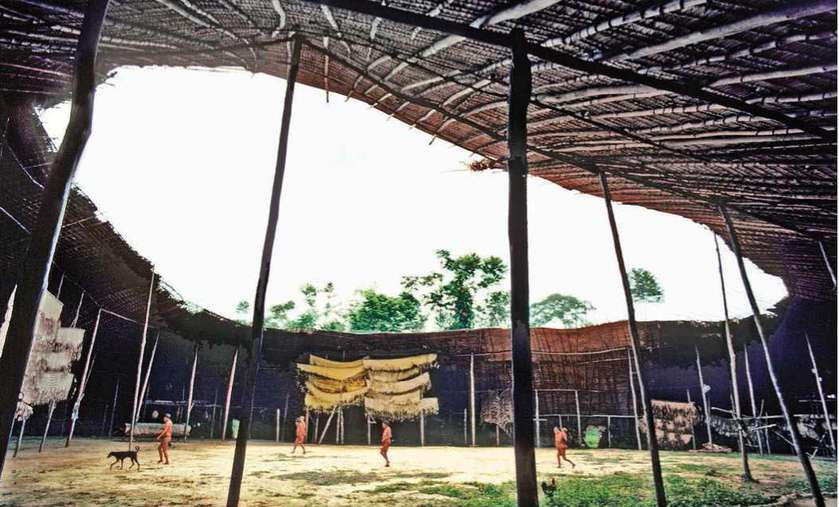
Yanomami communal shabono (Ph. Lars Løvold)
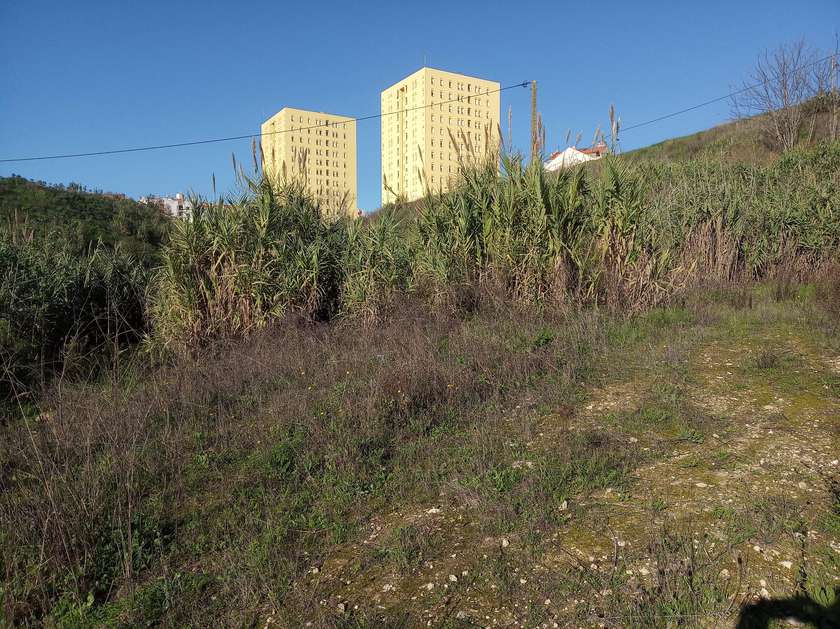
Alto da Eira, Lisbon
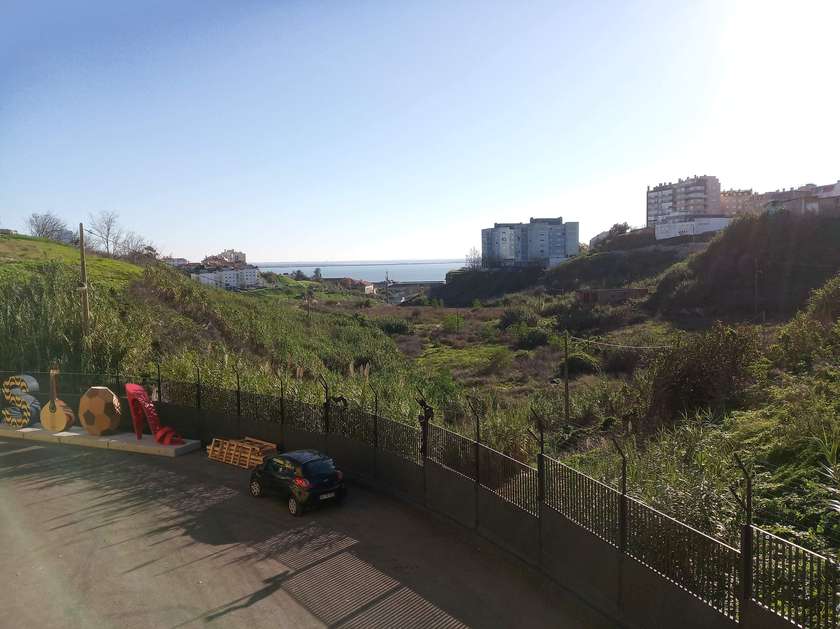
Alto da Eira, Lisbon

Examples of self build fences and communal gardens built by local residents